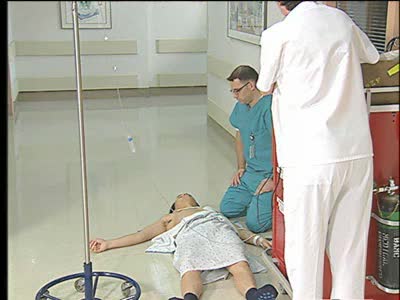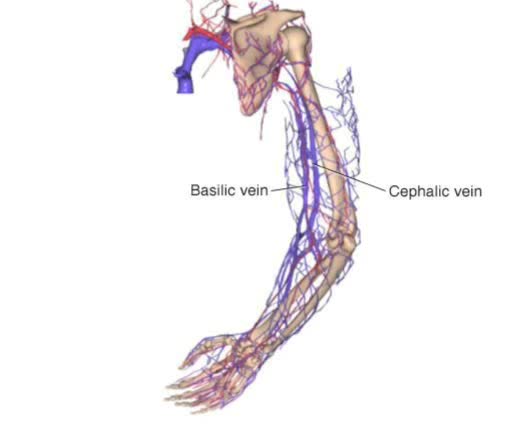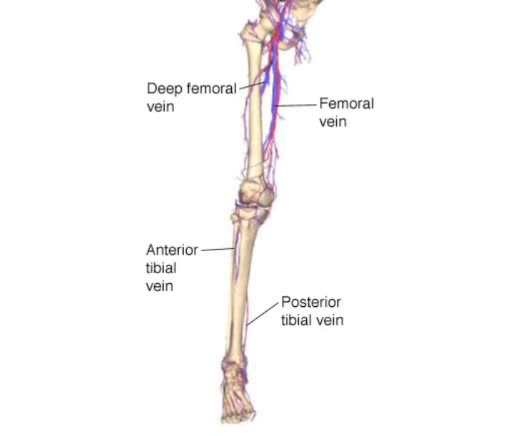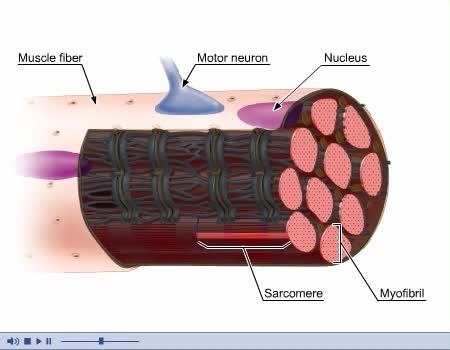Search Results
Results for: 'Basic rhythm'
Basic rhythm - control centers in medulla oblongata, spirograph and normal tidal cycle
By: HWC, Views: 10975
• Normal ventilation is rhythmic and involves continuous cycles of inspiration and expiration. • Various regions of the brain closely regulate this rhythmic pattern of ventilation. • The rhythmicity area in the medulla regulates the basic rhythm of ventilation. • The medullary rhy...
By: Administrator, Views: 14146
Cardiac dysrhythmias are a problem with the rate or rhythm of your heartbeat caused by changes in your heart’s normal sequence of electrical impulses. Your heart may beat too quickly, called tachycardia; too slowly, bradycardia; or with an irregular pattern. Dysrhythmias can range from complete...
Automated external defibrillator (AED)
By: Administrator, Views: 14264
An automated external defibrillator (AED) is a portable electronic device that automatically diagnoses the life-threatening cardiac arrhythmias of ventricular fibrillation and pulseless ventricular tachycardia, and is able to treat them through defibrillation, the application of electricity which...
By: Administrator, Views: 802
Arteries A branching system of vessels that transports blood away from the heart to all body parts. All arteries have a pulse, reflecting the rhythmical beating of the heart. Arteries Certain points are commonly used to check rate, rhythm, and condition of the arterial wall. Most commonly ...
By: Administrator, Views: 14315
Arteries A branching system of vessels that transports blood away from the heart to all body parts. All arteries have a pulse, reflecting the rhythmical beating of the heart. Arteries Certain points are commonly used to check rate, rhythm, and condition of the arterial wall. Most commonly ...
By: Administrator, Views: 13986
Three basic types of muscles: - Skeletal - Smooth - Cardiac Composed of striated or smooth muscle tissue and classified according to their functions and appearance. Skeletal Muscle: - Also known as voluntary or striated muscle. - Controlled by the conscious part of the brain and attach...
By: HWC, Views: 11272
• In order for the heart to function properly, all of its cells must contract in a specific sequence. This sequence is determined by a pathway known as the conduction system. • Cardiac muscle cells have two attributes that enable the conduction system to work: • Connective. Action pot...
The pH scale - Strong acids and Weak acids
By: HWC, Views: 11199
The pH scale • Expresses concentration of H+. • range: 0-14. • 7 is neutral. • Less 7 is acid. • greater 7 is basic (alkaline). Strong acids - role in the body ■ In strong acids all molecules dissociate. ■ HC1 is highly acidic and found only in the stomach. • H...
Molecules, Membrane Permeability and Structure
By: HWC, Views: 10570
Organisms are not isolated system at equilibrium and need to intake nutrients and electrolytes as remove wastes. Similarly Cells within an organism must also exchange compound by passing them through membrane. The permeability of a membrane is the rate of passive diffusion of molecules th...
Advertisement











